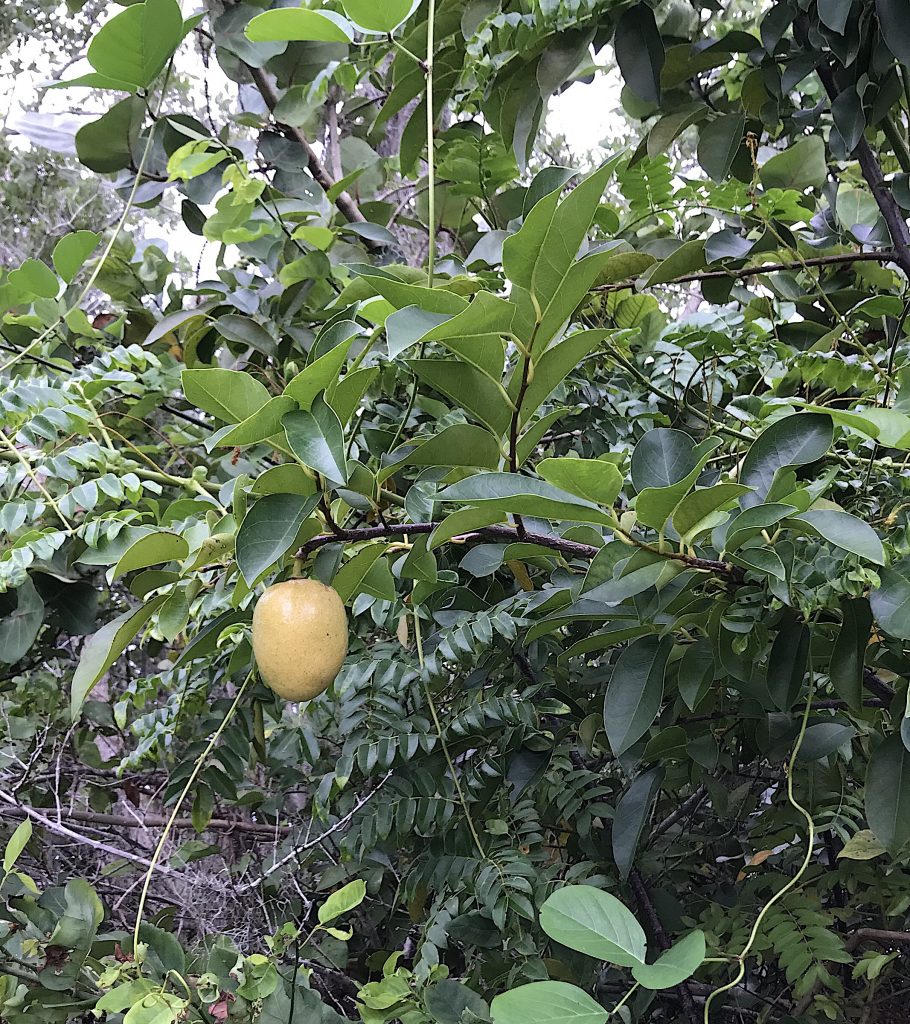
Annonas come in four varieties, all edible but of differing flavors. Photo by Green Deane
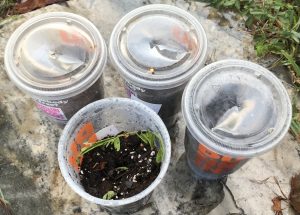
Taking home a Tamarind seedling. Photo by Green Deane
This past weekend saw me boondocking in my van at Walmarts in the southern end of the state. I had foraging classes in West Palm Beach and Port Charlotte. It was also an opportunity to take a lot of footage for future videos on Annona, Bananas, Canna, Cereus, Chaya, Coralwood, Lantana, Rose Apple, Sea Grapes, Sea Oxeye, Tallow Plum, Tamarind, and Tropical Almond. Hopefully the Lantana video will be ready tomorrow. I also discovered used Duncan Donuts cups full of potting soil are perfect for young seedlings especially when on the road.
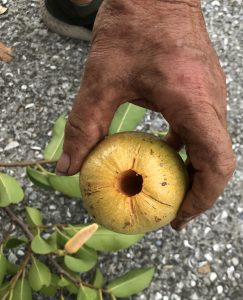
Pond Apple, Alligator Apple, Photo by Green Deane
We also found an Anona glabra or Pond Apple aka Alligator Apple. This was seen in Port Charlotte not far from where there used to be another Pond Apple. (When they cleared a drainage ditch the tree was eliminated.) So now I have another Pond Apple to talk about in classes there. The Annona group ranges from barely edible to choice and a cultivated crop. There are four of them: Sugar, Sour, Custard and Pond (of course I have found the least edible ones.) You can read about the Annonas here. As one goes southwest from Port Charlotte the species becomes more common such as on Marco Island.
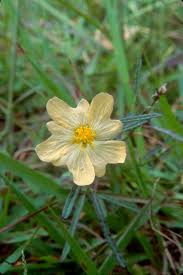
Sida blossom. Photo by Green Deane
Is it Sida (SEE-dah) or is it Sida (SIGH-dah)? Either either it would seem… There are several members of the Sida genus locally and they blossom nearly all year. This weekend, however, Sida cordifolia was particularly happy. Taller and softer than some of the other genusmates, it’s a plant with a little bit of legal history. Plants in the genus tend to have ephedrine in them to varying amounts. Sida cordifolia, however, is the only Sida species mentioned in the Florida Statutes. If you make a pill using the plant it cannot be given to anyone under the age of 18. I doubt the problem is bootleg diet pills but rather youthful experimenting with ephedrine. Adults can apparently do what they want with the plant. S. cordifolia is not native. The species I see the most often is Arrowleaf Sida, S. rhombifolia, which means diamond shape. The lower part of the leaves of that species do not have teeth on them. You can read more about Sida here.
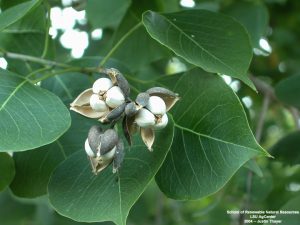
The Chinese Tallow tree is also called the Pop Corn Tree.
Is it edible? Yes, no, maybe… The Chinese Tallow tree is both banned and championed. It’s edibility is also linked to why it’s even in the United States to begin with. The tree was imported by none other than Ben Franklin (well… he sent some seeds to a friend.) The purpose was to use the white external seed fat for making candles which beef suet, tallow, was once used for. Hence the tree’s name in English. In theory that small coating of saturated fat on the outside of the seed is edible. It is also very stable. But there are two problems. It can be extremely difficult to remove and inside the seed there is an oil toxic to humans. So the fat and the oil should not mix. Some people have experimented with crushing the entire seed and heating the mash thus melting the saturated fat along with releasing the toxic oil. When they cool the edible fat and the non-edible oil are separated. In China, where the tree is valued, they steam the white saturated fat off. The tree, while an invasive species in some areas of North America — such as Florida — is being considered as a good candidate for bio-fuel. You can read my article about it here about it here. A later magazine article about the species is here.
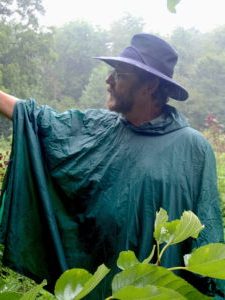
Classes are held rain or shine or cold. (Hurricanes are an exception.) Photo by Kelly Fagan.
Foraging Classes: Heading north this weekend before it gets chilly.
Saturday November 6th, Boulware Springs Park, 3420 SE 15th St., Gainesville, FL 32641. Meet at the picnic tables next to the pump house. 9 a.m. to noon.
Sunday November 7th, Blanchard Park, 10501 Jay Blanchard Trail, Orlando, FL 32817. 9 a.m. to noon, meet by the tennis courts. Remember this is time-change weekend.
Saturday November 13th, George LeStrange Preserve, 4911 Ralls Road, Fort Pierce, FL, 34981. The preserve is only about three miles from the junction of the Turnpike and I-95. It has no bathroom or drinking water so take advantage of the various eateries and gas stations at the exit.
Sunday November 14th, Mead Garden: 1500 S. Denning Dr., Winter Park, FL 32789. Meet at the bathrooms. The park entrance is on South Denning. Some GPS directions get it wrong.
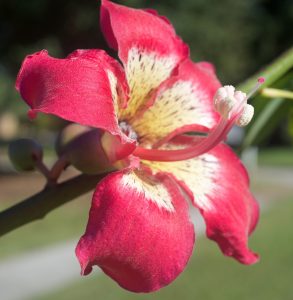
Silk Floss Tree Bossom. Photo by Green Deane
What people actually do with plants and what people write about what people do with plants can vary greatly. Ceiba’s (SAY-bah) are a good example. There are ten trees in the tropical genus. Various parts of various species are eaten variously which makes sense as the greater Mallow Family is generally user-friendly (unprocessed cotton seed oil and ephedrine in Sida being two exceptions.) Thus it is difficult to state specifically what is edible on each species Ceiba. The names can also vary in English from Silk Cotton to Silk Floss to Kapok and numerous native and Spanish versions. The seed oil is edible on some species as are buds, blossoms, and young leaves on others. Even the wood ash can be used as a salt substitute. But some caution is called for as the trees have also been used to treat numerous medical conditions internally and externally. There are two species in Dreher Park in West Palm Beach where the winters are mild. I’ve seen three Ceibas planted in Orlando. One is near the West Orange Bike Trail in Winter Garden and is about 30 feet tall. They are twice that in West Palm Beach. You can read a little more about the Silk Floss tree here.
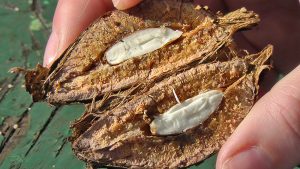
Tropical Almond
Tropical Almonds are now on Mother Nature’s dining table and we had some last week in West Palm Beach. Terminalia catappa, which is really subtropical and not at all an almond, produces edible fruits for a few months. A tree I know was just starting to produce edible fruit the last time I was in Dreher Park. The ripe rind is edible as well as the “almond” inside which is really a little tree. It tastes like coconuts blended with almonds. The only problem is the buoyant dry shells are quite tough and require a hammer or a couple of rocks to crack open. (For those who don’t know Florida does not have rocks. You can’t just rummage around and find a pair of rocks to break seed shells with.) There is some labor involved with eating Tropical Alomonds but they are still calorie positive. I usually have a couple of pieces of concrete hidden near this particular tree to get to the treat. To read more about the Tropical Almond go here.

Bug hunter G.V. Hudson is to blame.
It is nearly time for my semi-annual rant and wish that G.V. Hudson had a different hobby. Hudson, a New Zealander, collected insects and was a shift worker. In 1895 he proposed Daylight Savings Time so he could collect insects after work in daylight. The world rightly ignored his idea but it was also championed by a golfer William Willett in 1907. He fought for it tirelessly and the world rightfully ignored him as well. But, to save energy during WWI, Germany adopted Daylight Saving Time and soon other countries in the conflict followed. The time pox has been on humanity since. In the fall Americans set their clocks back to standard time. In the spring they go back on artificial time.

Golfer William Willett had the same bad idea
As I have mentioned before I stopped changing my clocks fifteen years ago. People who visit my home know I stay on “Deane Time.” I absolutely refuse to go on “daylight savings time.” The entire idea strikes me a silly particularly when one considers there is a fixed amount of daylight no matter how we set our clocks. It is rightfully called “daylight slaving time.” Only the government would cut the top foot off a blanket, sew it on the bottom, and then argue the blanket is longer.
What really got to me was the seasonal flipping: Springing forward, falling back, feeling miserable. Time change always left me out of sorts for weeks. Now I don’t flip. I don’t change the clocks, when I get up, when I eat, when I go to bed or when I feed the animals. This family stays on standard time. I just recognize that for half the year the rest of the country thinks it is ahead of me by one hour.

The semi-annual insanity is upon us.
Fortunately nature is not so wrong-headed. Animals and plants ignore the time change. Cows get milked at the same time no matter what hour it is. Plants grow the same while we pretend there is more light in the evenings during summer. (Though as a kid I remember marveling that at 9 p.m. it was still light outside.) There is also a philosophical reasons. So much of our lives is artificial. And artificial “daylight savings time” is but one more thing to knock us out of sync with the world around us. I spend a lot of time with Mother Nature and I prefer her time to man’s. And grumpy me, I like to use my watches (12- and 24-hour) as compasses, and that’s easier if one stays on solar time. Thus I do. And more than one study shows it actually cost more to go on Daylight Savings Time than not and is less healthy.

24-hour watch (which are hard to get repaired)
From a factual point of view, the majority of people on earth do not go on Daylight Savings Time. How sensible. Asia doesn’t nor does Africa. Most equatorial countries don’t. Great Britain and Ireland tried staying on DST permanently from 1968 to 1971 but went back because it was unpopular. Most of Arizona does not go on DST. Lead the way Arizona. Daylight Savings Time is a bad idea that needs to go away. You can refuse to let it disrupt your life. We all have phones and computers to remind us what the outside world thinks is the right time. Let them but keep your personal life on standard time. You can do it. The weekend after next — November 6-7 — I have nothing to change and no misery to go through. Give it a try.
(In 2018 Florida passed a measure to stay on Daylight Savings Time permanently, as Great Britain and Ireland tried and rejected 50 years ago. Called the “Sunshine Protection Act” it requires congressional approval because DST is a federal dictate. Florida’s request is not going to happen in a bitter, divided place like Washington D.C. which has other priorities than sunshine in the sunshine state. If Florida had decided to stay on standard time it could do that without federal approval. Unless Florida revisits the legislation you are stuck with flipping. Opportunity missed. You screwed up Tallahassee.)
This is weekly newsletter #479. If you want to subscribe to this free newsletter you can find the sign-up form in the menu at the top of the page.
To donate to the Green Deane Newsletter click here.

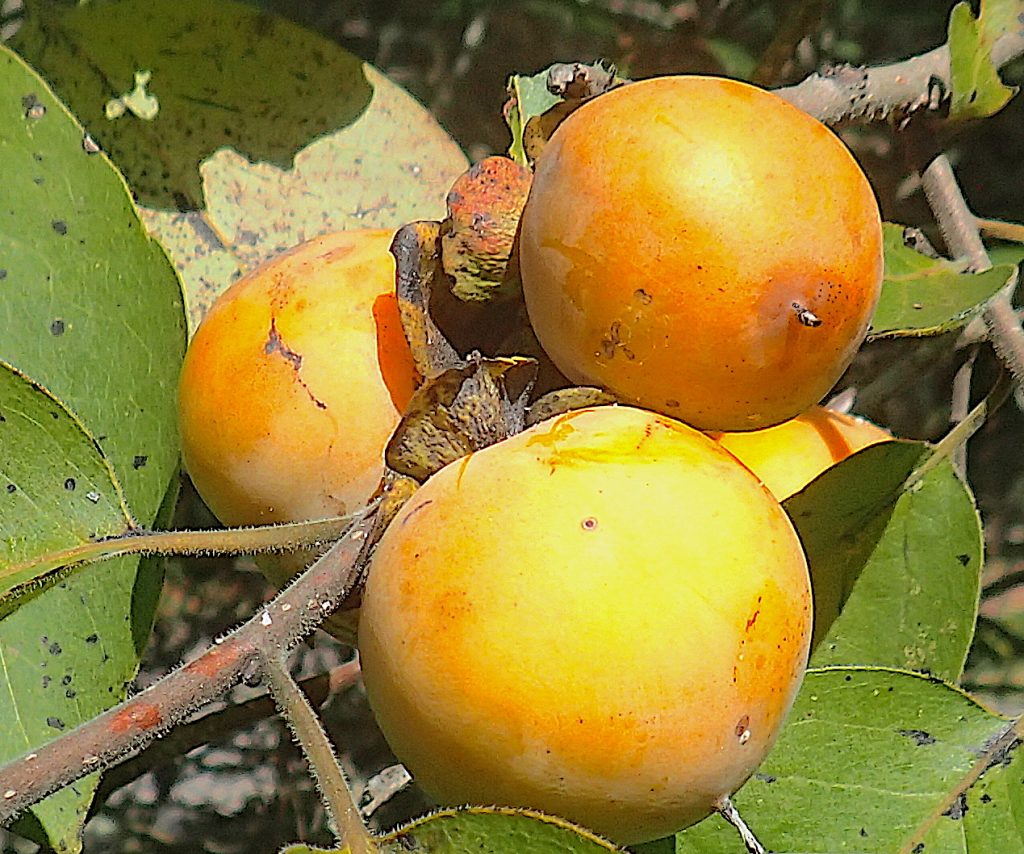
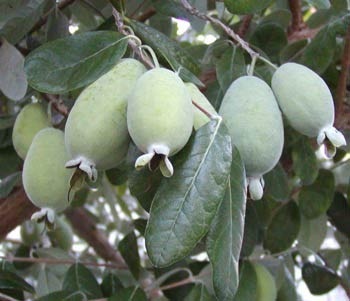
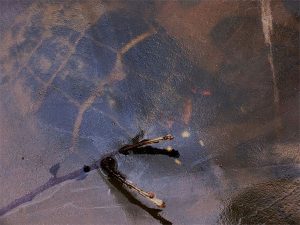


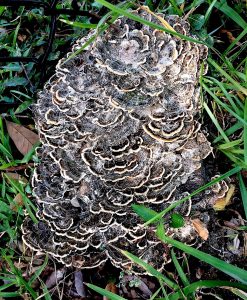
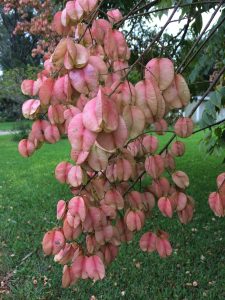
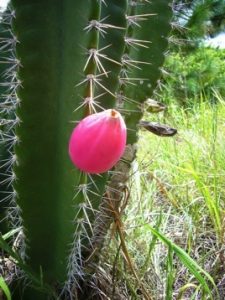


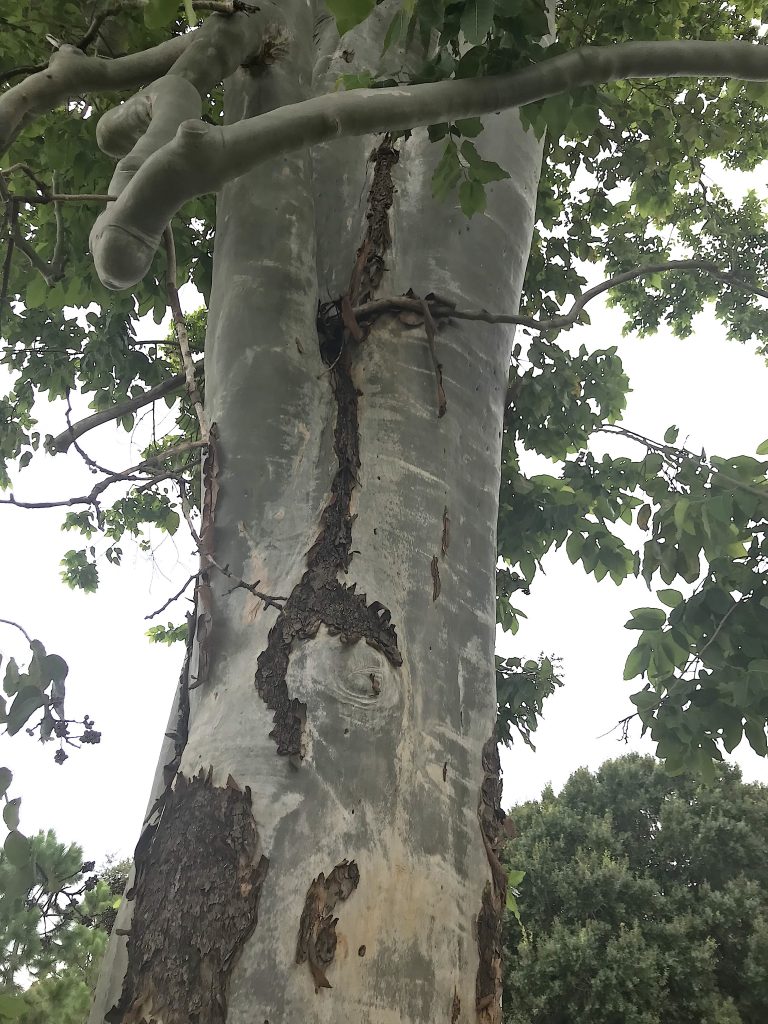

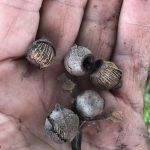
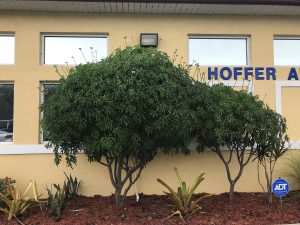

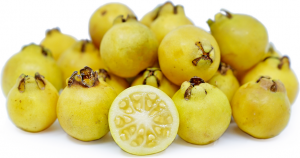
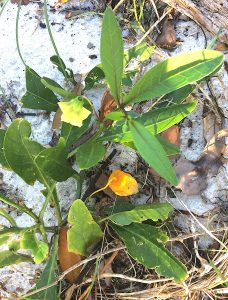
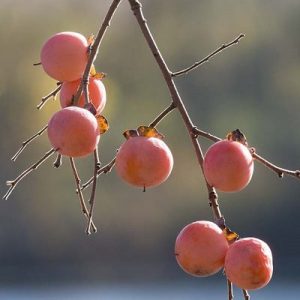
 Y
Y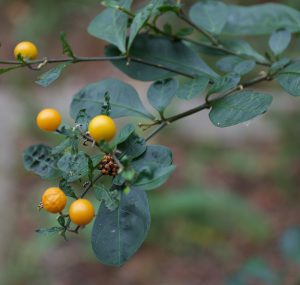
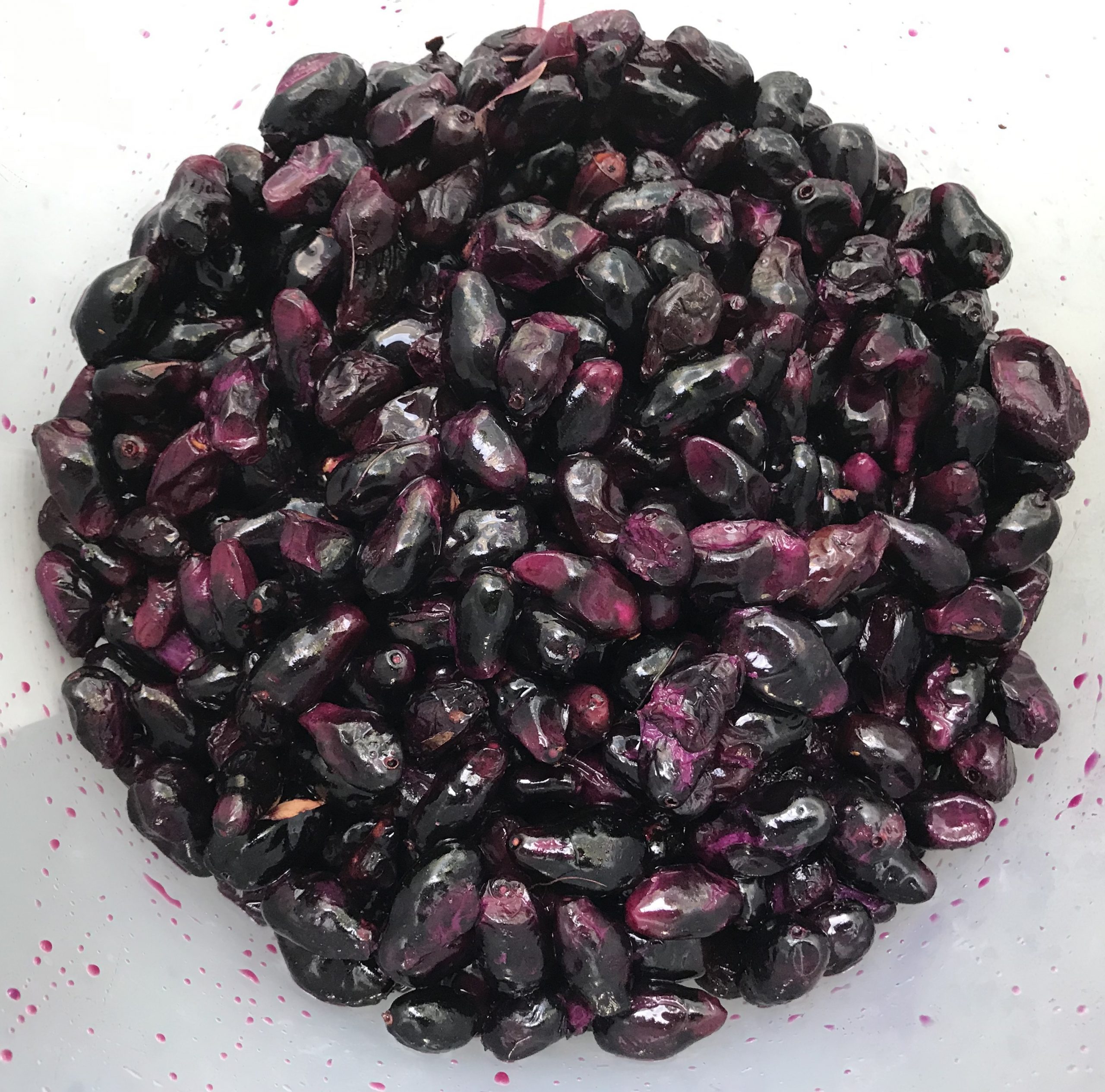
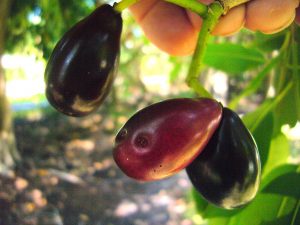
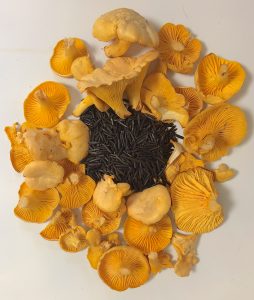
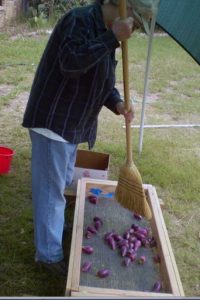
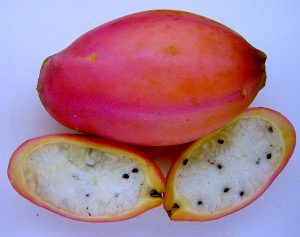
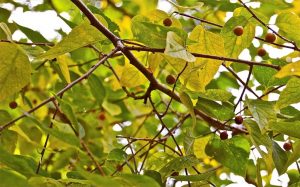
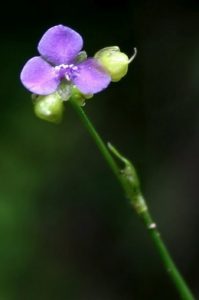

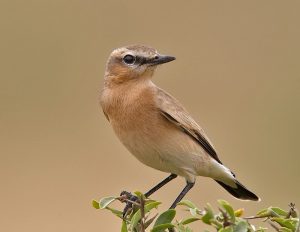
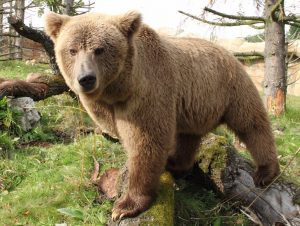
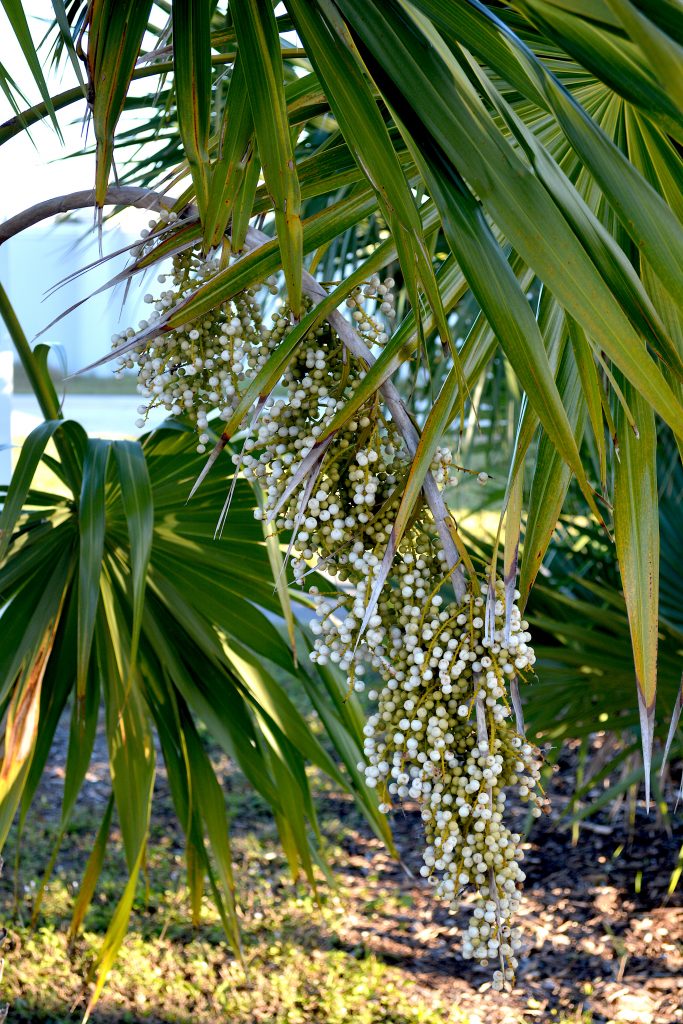
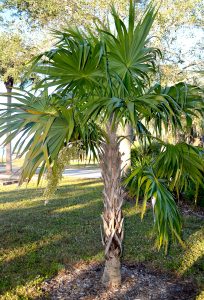
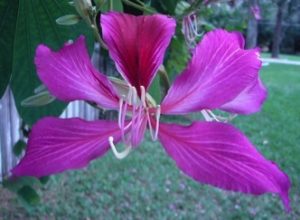
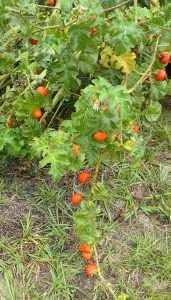
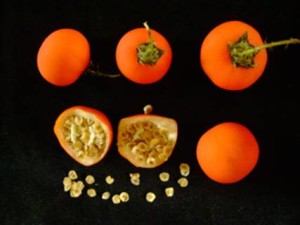
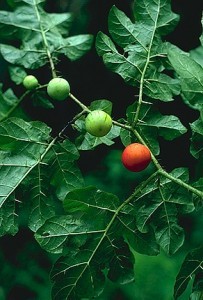
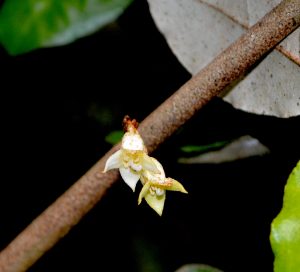
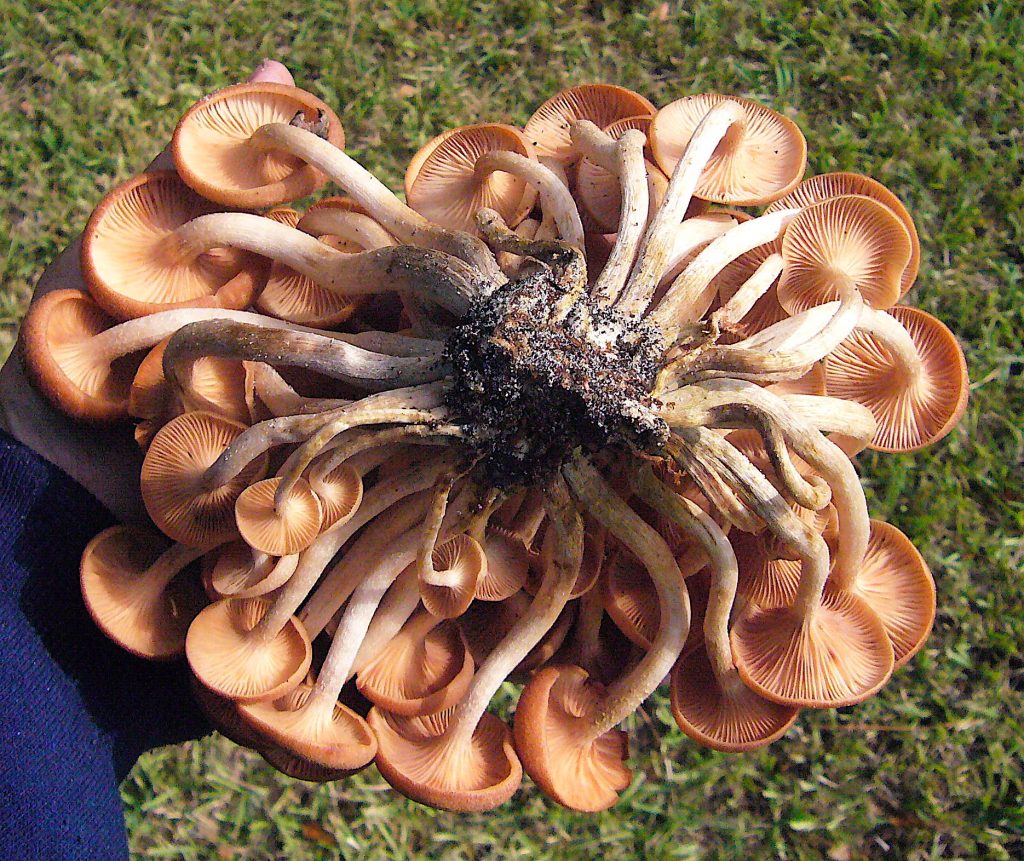
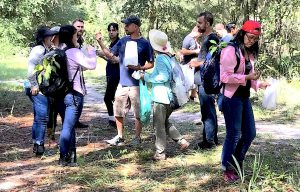
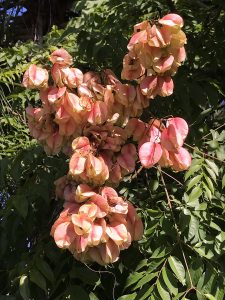
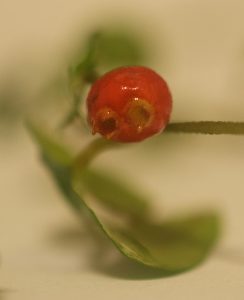
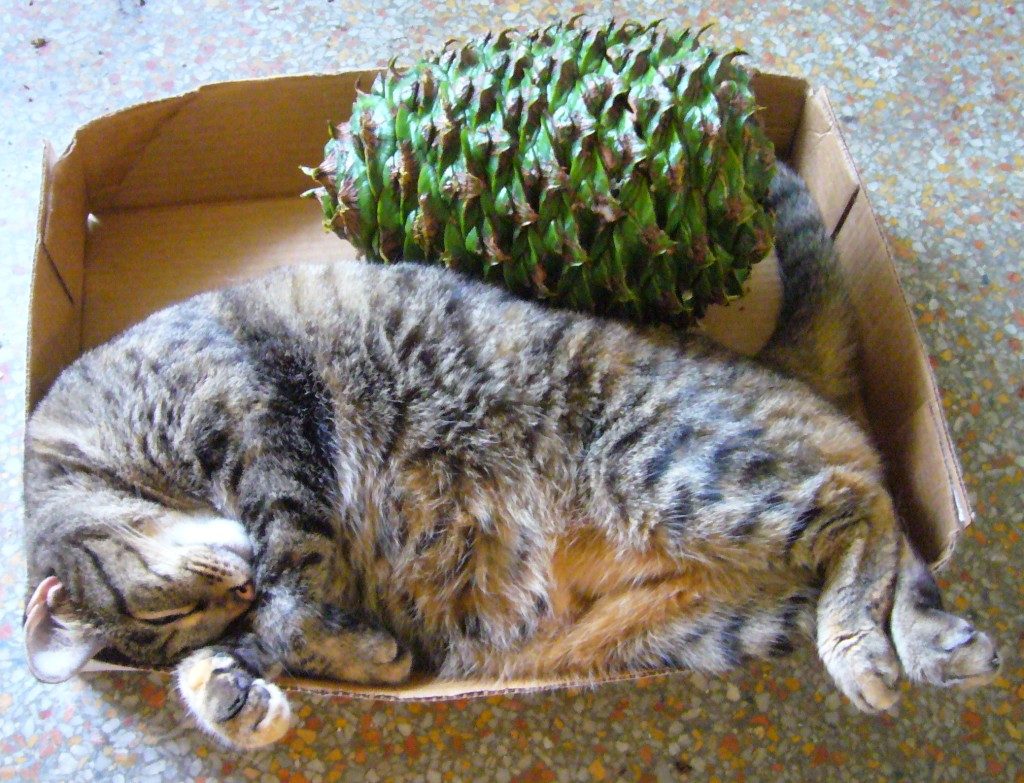
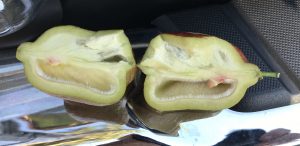
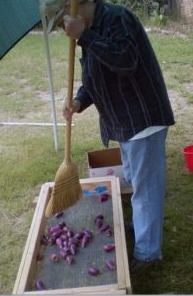
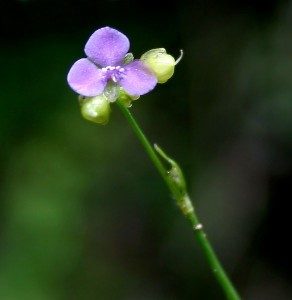
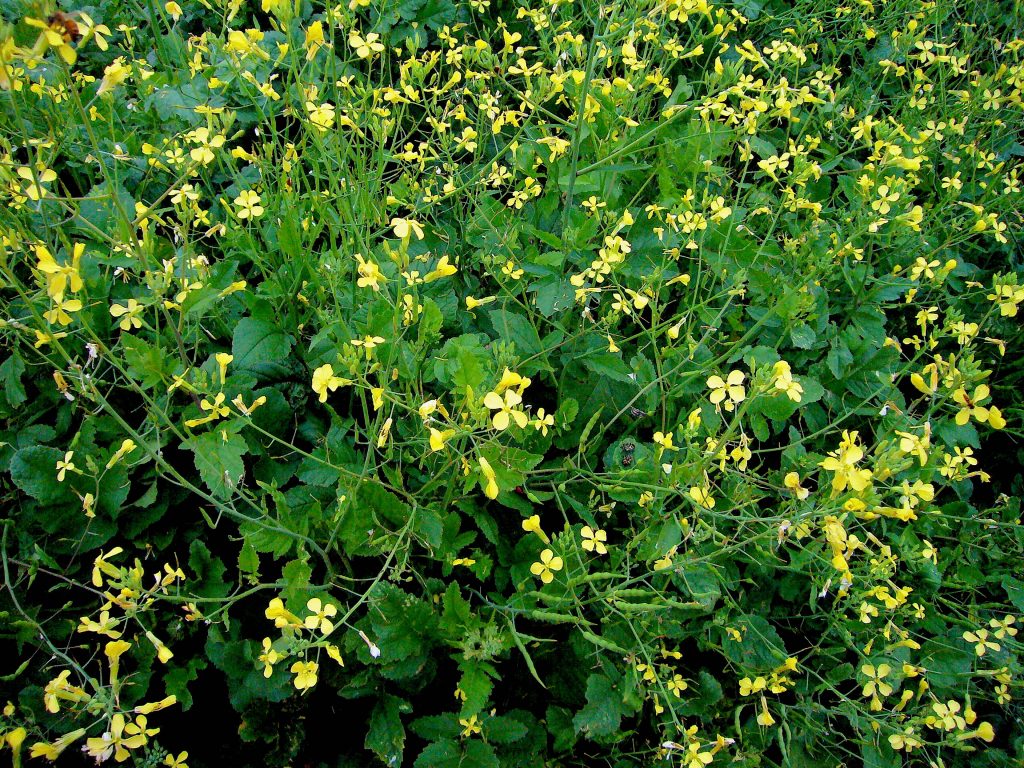
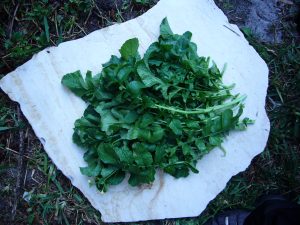
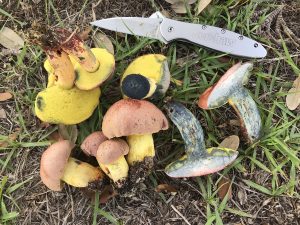
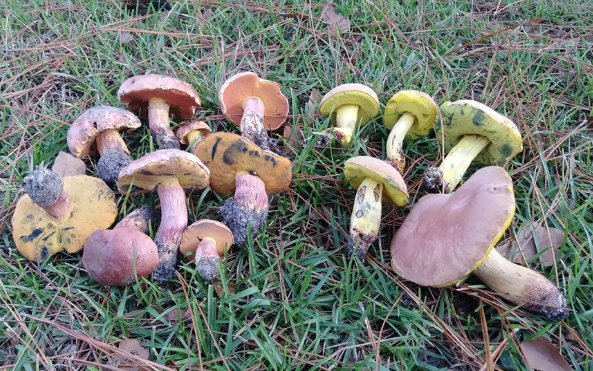
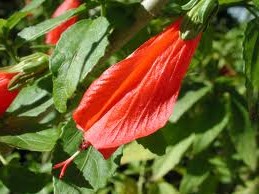
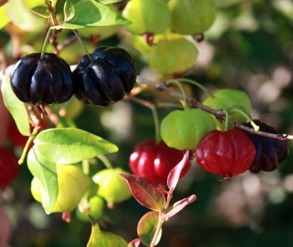
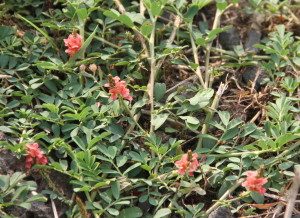 Veterinarians annually issued a warning about a plant that is makes horses sick locally, Creeping Indigo, Indigofera spicata. Cold weather causes this pea relative to blossom pink, making it a little easier to see. Unfortunately it is a plant favored by horses with at least one dying and others sickened. (This highlights that relying on instinctual means to avoid toxic plants is not too reliable for animals or man.) As with many toxic and invasive species Creeping Indigo was intentionally brought to Florida in 1925. The University of Florida imported it from Sri Lanka (then Ceylon) for agricultural experiments. When it killed one of two rabbits the testing stopped but the weed stayed (the second rabbit recovered after the Creeping Indigo was removed from its diet.) Within eight years Creeping Indigo was raising concerns about poisoning farm animals.
Veterinarians annually issued a warning about a plant that is makes horses sick locally, Creeping Indigo, Indigofera spicata. Cold weather causes this pea relative to blossom pink, making it a little easier to see. Unfortunately it is a plant favored by horses with at least one dying and others sickened. (This highlights that relying on instinctual means to avoid toxic plants is not too reliable for animals or man.) As with many toxic and invasive species Creeping Indigo was intentionally brought to Florida in 1925. The University of Florida imported it from Sri Lanka (then Ceylon) for agricultural experiments. When it killed one of two rabbits the testing stopped but the weed stayed (the second rabbit recovered after the Creeping Indigo was removed from its diet.) Within eight years Creeping Indigo was raising concerns about poisoning farm animals.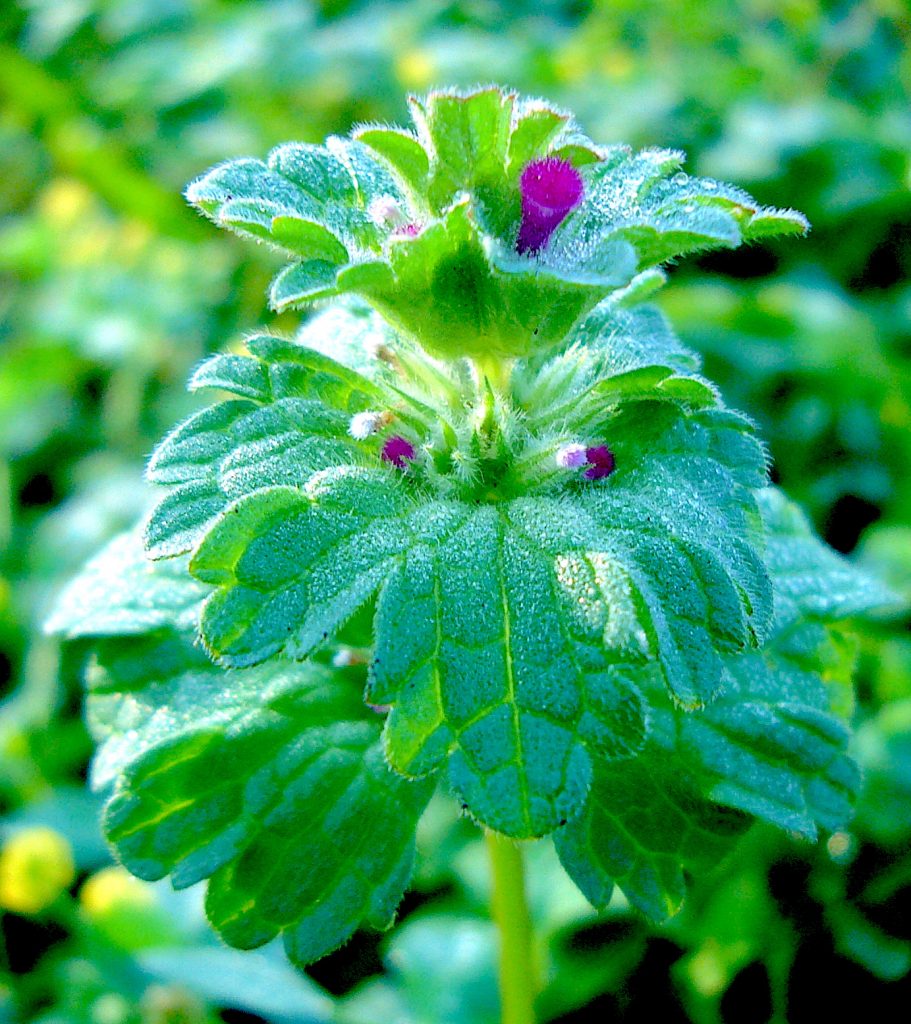
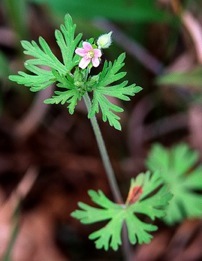

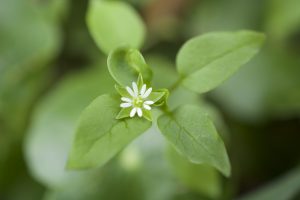
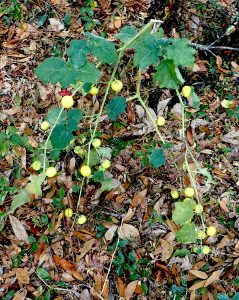
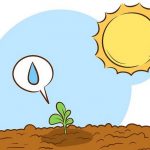 Donations to upgrade EatTheWeeds.com have gone well. Thank you to all who have contributed to either via the Go Fund Me
Donations to upgrade EatTheWeeds.com have gone well. Thank you to all who have contributed to either via the Go Fund Me 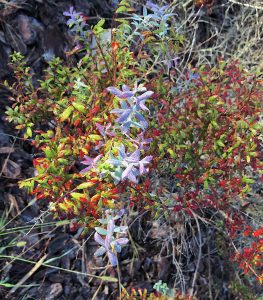
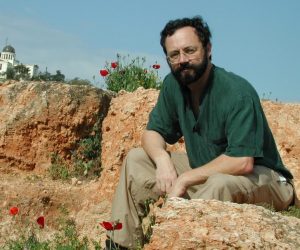
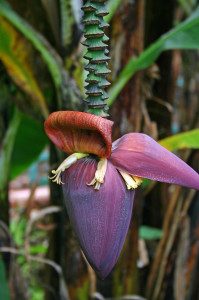 During a foraging class in West Palm Beach this weekend we saw Bananas blossoming. One doesn’t think of Bananas blossoming but they do, a large green and purple blossom that looks like a flower on steroids. The blossoms are edible raw but are usually cooked if not also soaked in salted water first. Chopped and boiled or steamed whole works. The inner pith of Banana trees is also edible as are the seeds of the species that have seeds. Banana water is also medicinal. The trick with Bananas, if one can call it that, is to watch the green bananas carefully. The moment one of the lower green bananas begins to ripen the entire hand is cut off and taken inside. There the Bananas usually ripen from the end up and most of them will ripen off the tree. If you leave them on the tree, a few will ripen and the rest higher up the hand will shrivel up. Unfortunately Bananas trees take two years to produce bananas and then die after producing. A cold winter can wipe out Bananas at the end of one year. Thus one needs two years sandwiching a warm winter to get home-grown bananas. As I sit on the temperate/sub tropical line some years I get Bananas in my yard, other years I do not. To read more about Bananas uses
During a foraging class in West Palm Beach this weekend we saw Bananas blossoming. One doesn’t think of Bananas blossoming but they do, a large green and purple blossom that looks like a flower on steroids. The blossoms are edible raw but are usually cooked if not also soaked in salted water first. Chopped and boiled or steamed whole works. The inner pith of Banana trees is also edible as are the seeds of the species that have seeds. Banana water is also medicinal. The trick with Bananas, if one can call it that, is to watch the green bananas carefully. The moment one of the lower green bananas begins to ripen the entire hand is cut off and taken inside. There the Bananas usually ripen from the end up and most of them will ripen off the tree. If you leave them on the tree, a few will ripen and the rest higher up the hand will shrivel up. Unfortunately Bananas trees take two years to produce bananas and then die after producing. A cold winter can wipe out Bananas at the end of one year. Thus one needs two years sandwiching a warm winter to get home-grown bananas. As I sit on the temperate/sub tropical line some years I get Bananas in my yard, other years I do not. To read more about Bananas uses 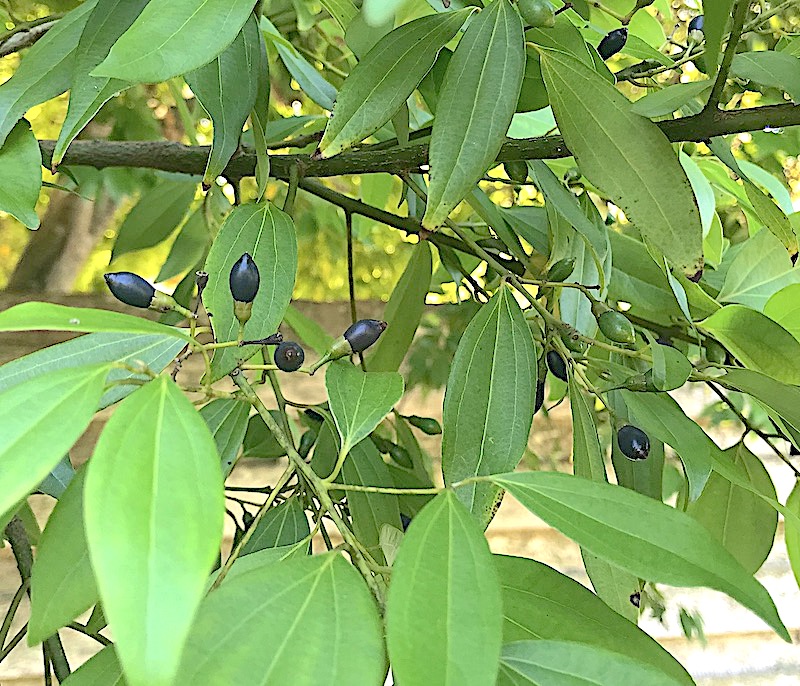
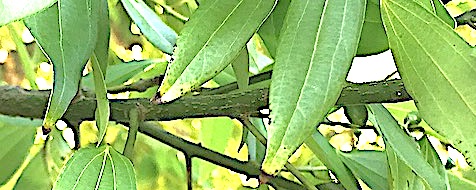
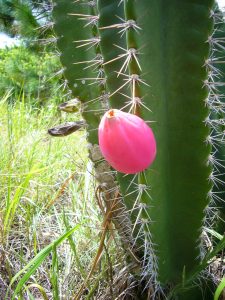

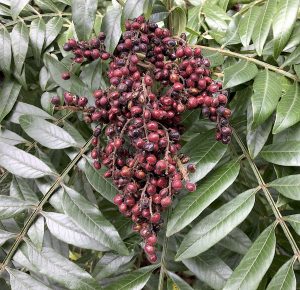
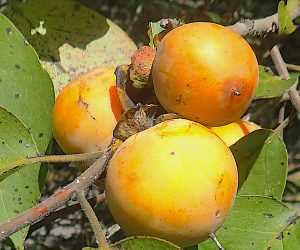
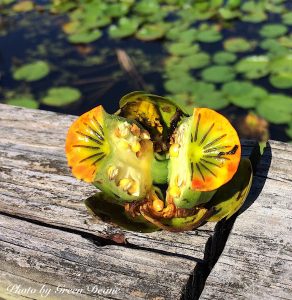

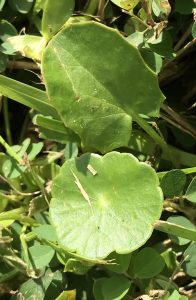 Do you recognize the edible species on the left? Both of them? If you read the Green Deane Forum you would. Perhaps you’re looking for a foraging reference? You might have a UFO, an Unidentified Flowering Object you want identified. On the Green Deane Forum we — including Green Deane and some 8,000 others from around the world — chat about foraging all year. And it’s not just about warm-weather plants or just North American flora. Many nations share common weeds so there’s a lot to talk about. There’s also more than weeds. The reference section has information for foraging around the world. There are also articles on food preservation, and forgotten skills from making bows to fermenting food.
Do you recognize the edible species on the left? Both of them? If you read the Green Deane Forum you would. Perhaps you’re looking for a foraging reference? You might have a UFO, an Unidentified Flowering Object you want identified. On the Green Deane Forum we — including Green Deane and some 8,000 others from around the world — chat about foraging all year. And it’s not just about warm-weather plants or just North American flora. Many nations share common weeds so there’s a lot to talk about. There’s also more than weeds. The reference section has information for foraging around the world. There are also articles on food preservation, and forgotten skills from making bows to fermenting food.